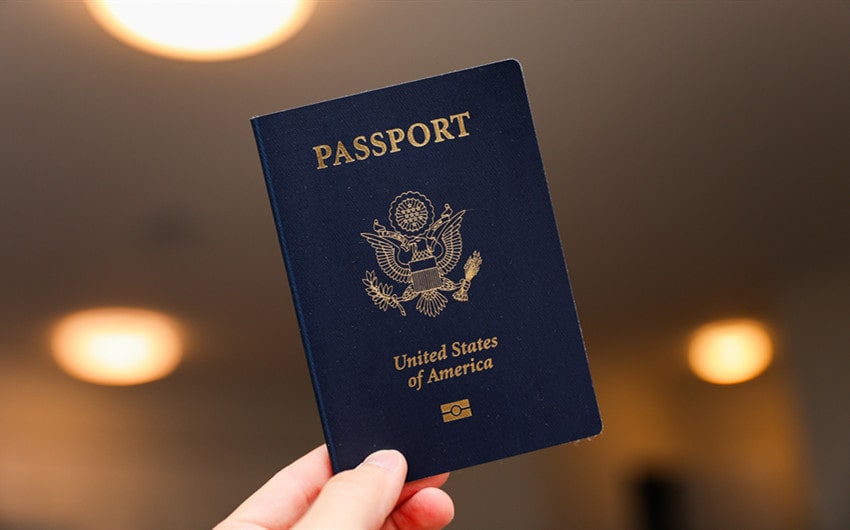Can You Travel Without a Passport Internationally? Exceptions, Loopholes, and Legal Realities
If you’ve ever wondered whether it’s possible to travel internationally without a passport, you’re not alone. Maybe yours expired, you’re in a hurry, or you’re curious about destinations that don’t require one. So—can you travel without a passport internationally? In most cases, no. But there are some surprising exceptions, workarounds, and limited scenarios where it might be possible—if you meet the right conditions.
1. No, You Generally Can’t Cross International Borders Without a Passport
For most people, a valid passport is required to leave your country and enter another. Airlines won’t let you board without it, and border control in most countries won’t admit you without proper documentation. If you try to travel internationally without a passport, you could be denied boarding, fined, or even detained.
Even countries with close relationships—like the U.S. and Canada—still expect passport-based documentation for air travel. But there are some exceptions depending on where you’re going and how you’re getting there.
2. U.S. Passport Exceptions for Land and Sea Travel
If you’re a U.S. citizen traveling to certain destinations by land or sea (not air), you may not need a traditional passport book. Instead, you can use other forms of ID under special programs.
- Passport Card: Valid for land and sea travel to Canada, Mexico, the Caribbean, and Bermuda. Not valid for international air travel.
- Trusted Traveler Cards: NEXUS, SENTRI, and FAST cards can sometimes be used at land crossings with Canada or Mexico.
- Closed-Loop Cruises: If you take a cruise that starts and ends at the same U.S. port and travels only to certain destinations in the Caribbean, you can board with a birth certificate and government-issued photo ID instead of a passport.
However, while these forms are accepted by U.S. authorities, some foreign countries may still request a passport—or deny entry without one. Always check the destination country’s rules first.
3. Travel Within the European Union (EU)
Citizens of European Union countries can usually travel freely between EU states using just their national ID cards. This is because of the Schengen Agreement, which allows for border-free travel between 27 European countries.
But this freedom doesn’t apply to non-EU visitors. If you’re visiting from outside the EU—like the U.S., Canada, or Australia—you’ll still need a passport to enter and exit those countries, regardless of where you’re flying from.
4. Military or Government Personnel
In rare cases, U.S. military or government personnel may travel internationally without a passport if they’re using official orders and traveling under the Status of Forces Agreement (SOFA). This only applies to active duty personnel, not civilians. Even then, many countries still require a no-fee official passport.
5. What If You Lose Your Passport Abroad?
If you’re already outside your home country and lose your passport, you’re not stuck forever. Here’s what to do:
- Visit your nearest embassy or consulate immediately
- File a police report for documentation
- Request an emergency passport or temporary travel document
- Provide ID, a passport photo, and proof of citizenship (if available)
Emergency passports are limited-use and may only be valid for direct return to your home country. Don’t wait until the day of your flight—start the process as soon as you realize your passport is missing.
6. Can You Board a Domestic Flight Without a Passport?
Yes. For domestic flights within the U.S., you don’t need a passport—you just need a valid government-issued ID that meets TSA Real ID standards. If you don’t have a Real ID by May 7, 2025, you’ll need to use a passport or another acceptable form of ID to fly domestically.
7. Emergency Scenarios: What Happens If You Try to Travel Without a Passport?
Trying to fly internationally without a passport typically results in one of these outcomes:
- Denied Boarding: Airlines check for passports before boarding international flights.
- Denied Entry: If you make it to your destination without valid documentation, you’ll likely be held and deported.
- Legal Trouble: Traveling without authorization or proper ID could lead to fines, bans, or detainment depending on local laws.
There are no secret “passport-free” loopholes for flying internationally. If you try to bend the rules, the consequences can be serious—and expensive.
8. Are There Any Countries That Allow You to Visit Without a Passport?
A few countries allow entry without a passport—but only to citizens of certain nations, and usually with alternate forms of government ID:
- U.S. Territories: If you’re a U.S. citizen, you don’t need a passport to visit Puerto Rico, the U.S. Virgin Islands, Guam, American Samoa, or the Northern Mariana Islands.
- Within the Schengen Zone: EU citizens can use their national ID cards instead of passports.
- Irish and UK citizens: Travel between Ireland and the UK often requires only a valid photo ID (though post-Brexit rules vary).
If you’re not from one of these countries, don’t expect to travel without a passport—even for short trips or layovers.
Tips for Avoiding Travel Headaches
- Always check your passport’s expiration date—many countries require at least 6 months of validity.
- Carry copies of your passport and important documents in case of loss or theft.
- Know the rules of your destination—every country has its own entry requirements.
- Apply early if you need a new or renewed passport; expedited service is available but can still take weeks.
You Can’t Go Far Without a Passport—But You Do Have Options
In most cases, you need a valid passport to travel internationally. But there are a few exceptions—especially if you’re cruising, staying within certain regions, or crossing land borders under special agreements. Always do your research before you book. One missing document can mean a canceled trip, a missed connection, or being turned away at the gate.







